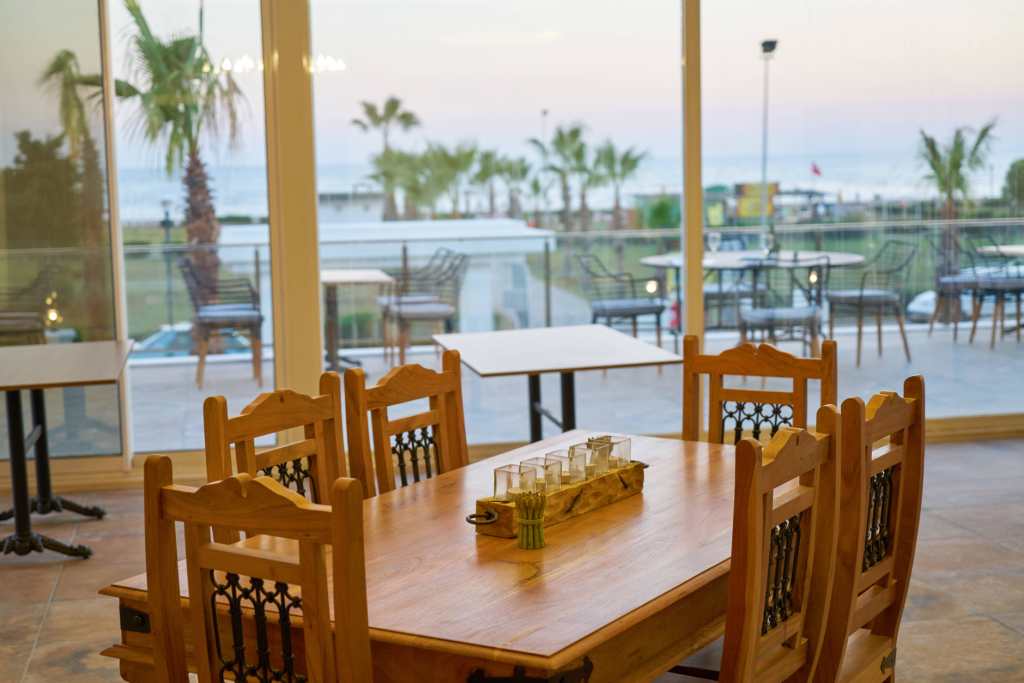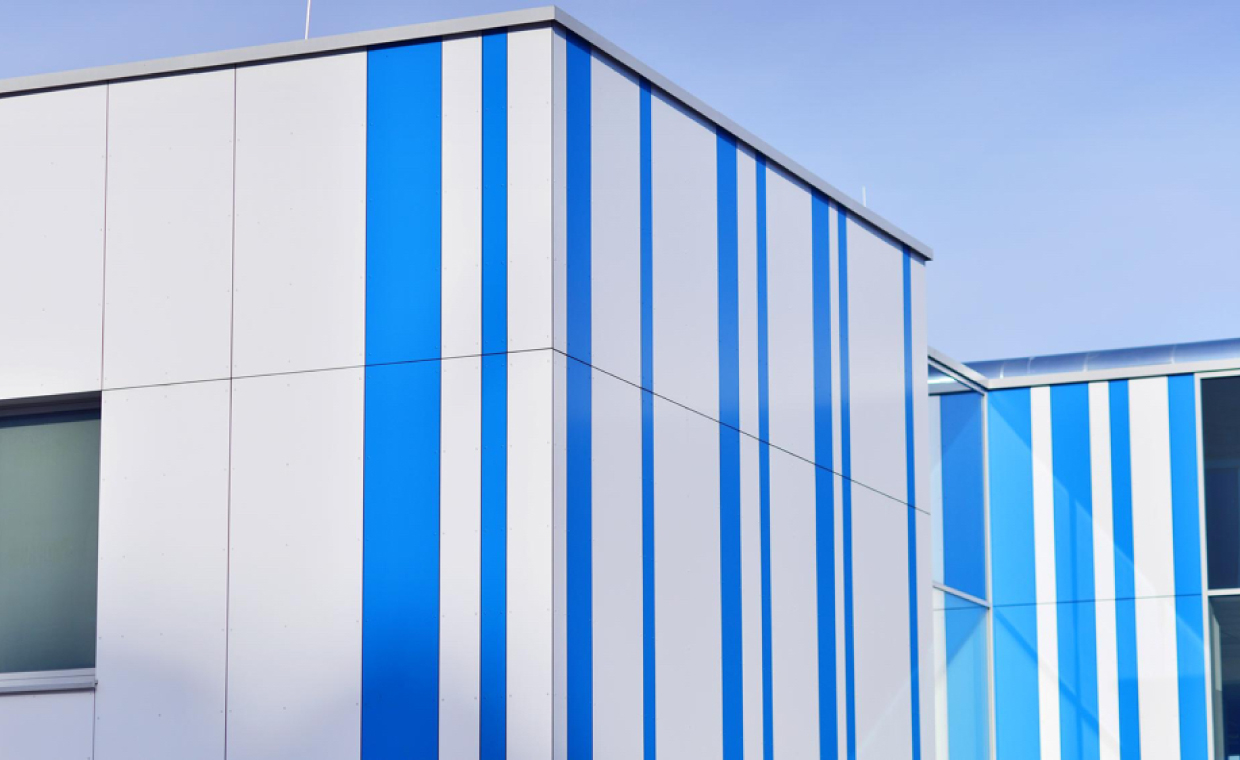
Furniture lovers are often perplexed among the various alternatives with respect to designs and styles of different pieces. However, the most important factor, irrespective of the style, is the longevity and durability of the furniture. The durability of the furniture is deeply tied to the material and its quality. As per the survey conduct by ‘Sam Unruh’ for around 2000 participants said that, “Expect furniture to last for long years”. If you are one of those people who want the best out their furniture, it is important to know which is the best choice.
Furniture material is a big deal in the material industries. A well- executed concept can result in a timeless piece of furniture that never goes out of style. With this in mind, we have found this inspirational examples furniture materials. Some are classic that have been around for years, other are recent and more modern. But they are all fantastic materials – which of them would you have in your home?
While there are plenty of choices of furniture available in the market, select the one that serves your purpose and suits your budget. Here are the key pros and cons of some of the most popular materials, used to make furniture.
List of Furniture Materials
01. Aluminum Furniture

Aluminum is one of the most popular choice of materials for outdoor as well as indoor furniture. It is versatile and can be molded into different sizes, shapes, and designs.
Advantages:
- Aluminium is extremely light-weight, durable and easy to clean.
- Furniture made of aluminium has low-maintenance cost and doesn’t get fade or rust when exposed to moist air.
- This furniture does not get dry out or crack unlike most wooden furniture when exposed to the sun.
- Aluminium is one of the most inexpensive furniture materials, it is sure not to make a hole in your pocket if you like to change or renovate your interiors after every few years.
- It has numerous styles, colours, textures and cushion options.
- Excellent value.
- These are fire proof too.
Disadvantages:
- Avoid buying aluminium furniture for locations, that are prone to high winds. The material is light weight and may not be able to with stand strong
- The whole texture is hard and cold is a point that lots of people feel bad because of it.
02. Wooden Furniture
Natural wood is hands down the most sought-after choice for furniture material since ages, across the globe. Wooden furniture has the longest life-span. This furniture work as a functional and circulatory element in interior design.
The use of wood is not only limited to furniture, but it has also been used in decorative pieces. For example, you can make decorative pieces like animal figures, angel figures, candle holders, Christmas ornaments etc., from wooden cutting boards. It adds an impeccable and splendid touch to your interiors, like adding a feather to your cap.

Advantages:
- The material is durable and require low-maintenance.
- Using wood as an underlying material is known to have a calming effect on the mind.
- A décor staple
- Value, look and feel
- Sustainability
- Variety, Versatility
- Modifiable
Disadvantages:
- The wooden furniture requires regular polishing as wood gets darker or lighter with time.
- Sun, moisture, and temperature can affect the appearance of wood.
- Maintenance is not easy and it is typically difficult to remove stains such as water stains, scratches, white stains, grease stains, etc. from wooden furniture.
- The outer surface can easily be scratched or damaged by any sharp object, hence it requires to be used with caution.
Some of the popular varieties of wooden furniture materials are listed below:
(a) Medium Density Fiber Board (MDF):
MDF is an engineered wood product made by breaking down hardwood or softwood residuals into wood fibers.
Advantages:
- MDF has a super smooth surface and does not have any knots on its surface.
- The material can be easily painted with the materials of your choice.
- MDF is consistent and smooth, offering furniture that is great, to look at.
- An ideal choice, if you plan to refresh your furniture pieces every few years and do not want to spend a fortune.
- MDF is typically cheaper than plywood .
Disadvantages:
- MDF allows for easy cutting of detailed designs. However, MDF is not very sturdy and durable.
- MDF doesn’t hold screws very well, because of finer underlying particles.
(b) Plywood:
Just like MDF, plywood is also an engineered wood product which comprises the sheets of wood veneer pressed and bound together into one solid piece. Plywood is a very popular choice for kitchen cabinets, table tops, closets and more.
Advantages:
- The material is less susceptible to water damage than MDF and doesn’t soak up water and swell as quickly or easily as MDF does.
- Furniture made of plywood is durable and sustainable.
Disadvantages:
- This furniture material is costlier than MDF.
- Difficult to create detailed designs on plywood because the edges tend to splinter.
(c) Teak:
Teak is one of the oldest furniture materials. This material is used for outdoor furniture but is not recommended for full exposure to sunlight.
Advantages:
- This furniture material is natural and exceptionally strong and the best wood when compared to other woods .
- Teak has a natural resistance to termites and insects.
- It all advantages of wood as narrated earlier.
Disadvantages:
- Furniture made of teak wood looks stunning but it is very expensive.
(d) Oak:
Oak is hardwood, light in colour, which has good pliable qualities despite its durable nature.
Advantages:
- The material stains finish well and resist moisture absorption.
- Oak is great for furniture due to its natural aesthetic qualities as well as its strength.
- Oak is a popular choice for wooden desks and flooring.
Disadvantages:
- Sharp objects can easily spoil the surface beauty of your furniture.
- Strong sunlight will cause colour streaks or darkening of the furniture.
(e) Mahogany:
Mahogany is finely grained hardwood which has a reddish-brown color.
Advantages:
- The material is extremely durable and does not swell or shrink.
- Mahogany is used widely for making high quality, expensive furniture’s such as wooden cabinets, tables, and dressers.
Disadvantages:
- Over time, the colours of Mahogany wood get richer and darker in the sunlight.
- It is expensive as compared to other wood types.
(f) Sheesham:
Advantages:
- Sheesham wood is decay resistant and long lasting.
- The material has a natural resistance to dry termite attacks and is durable in all weather conditions. Sheesham is available in a variety of natural shades.
- This wood does not need any special care and can be cleaned easily by simply wiping with a dry cotton cloth.
- Sheesham is priced lower as compared to Teak wood, even though the properties and qualities of both are similar.
Disadvantages:
- If sheesham wood has knots, it quickly weakens the wood, which reduces the lifespan of your furniture.
(g) Maple:
Maple has lesser wood grains compared to most of other wood varieties. The material is one of the hardest varieties of wood, forming study & stable pieces of furniture.
Advantages:
- Maple offers an impressive appearance and a rustic feel.
- Furniture made of maple is easy to clean and maintain.
Disadvantages:
- The key disadvantage of maple hardwood is that it gets scratched and marked easily and is sensitive to humidity and heat.
(h) Sal Wood:
This wood produces an extraordinary effect. The dense wood is apt for door frames and window frames.
Advantages:
- It ensures its durability with minimal polish. The material has an extraordinary ability to with stand water, and resist termites.
Disadvantages:
- Sal wood is typically heavier and harder than teak wood.
- It cannot be used for outdoor furniture.
03. Plastic Furniture

Plastic is very suitable for outdoor furniture and comes in a variety of colours. From chairs to shelves, plastic has made its way into the furniture industry.
Advantages:
- The material is lightweight and pocket-friendly.
- You need not necessarily have to paint plastic furniture.
- Plastic does not get affected by termites unlike wooden furniture nor does it rusts easily like iron furniture.
- Plastic is long lasting and does not easily break even when dropped from a height.
- Furniture made of plastic can be easily stored and can be piled in the storeroom together with other items.
- Economical and Re-cycable
- Do not support de-forestation
- Versatility
Disadvantages:
- The disadvantages of plastic material furniture are that it tends to lose its strength over a period of time particularly when exposed to sun for a long time.
- Plastic if subjected to heavyweight, might bend and or fade away with time.
- Most plastic furniture lack elegance and style which otherwise wooden and aluminium furniture pieces offer.
- Non- biodegradable.
- Dangerous for our atmosphere, reason of air pollution.
04. Fabric Furniture
Fabric furniture is again a popular choice and gives a chic look to spaces. There is a plethora of fabric options like linen, velvet, jute, and cotton.

Advantages:
- Fabric furniture feels soft and comfortable.
- It comes in varieties of pattern and colours.
Disadvantages:
- The furniture made from fabric is less durable, difficult to maintain and could absorbs dust, moisture and hence odour
05. Wrought Iron Furniture
Wrought iron is a great option for outdoor furniture and it never gets outdated.

Advantages:
- This furniture material is heavy so you can have it in windy areas also.
- This type of furniture tends to have a very stylish look.
Disadvantages:
- It is not a great option for indoor furniture as it might be a challenge for you to move the furniture around, especially if you have floor surfaces prone to scratching.
- Require maintenance on regular basis.
- It can be very hot in sunny days.
To summaries the above, before buying any piece, research well on the type of furniture material used in making the furniture. The material, in turn, decides the cost, durability, and appearance of the furniture. Our furniture takes up the majority of space and helps to make your home feel lived in, welcoming and complete. When choosing furniture, you’re your home, it’s important to pick timeless, functional pieces that fit your space and budget! Choose from contemporary and modern, traditional or a bit of both in a unique eclectic mix- there are no rules, so don’t be afraid to be creative and buy furniture you love. Let the furniture of the house speak for you!
Also Read:
Bedroom Types with Bedroom Furniture!
Living Room & Its Furniture for Your Home!
Image Courtesy: Image 2
Author Bio
Anshu Sachdeva is the founder and business head of boutique research and content firm based out of India. She has over ten years of corporate experience in consulting and research. She holds a masters degree in business management and is passionate about the application of research to do business faster, better, cheaper.





































